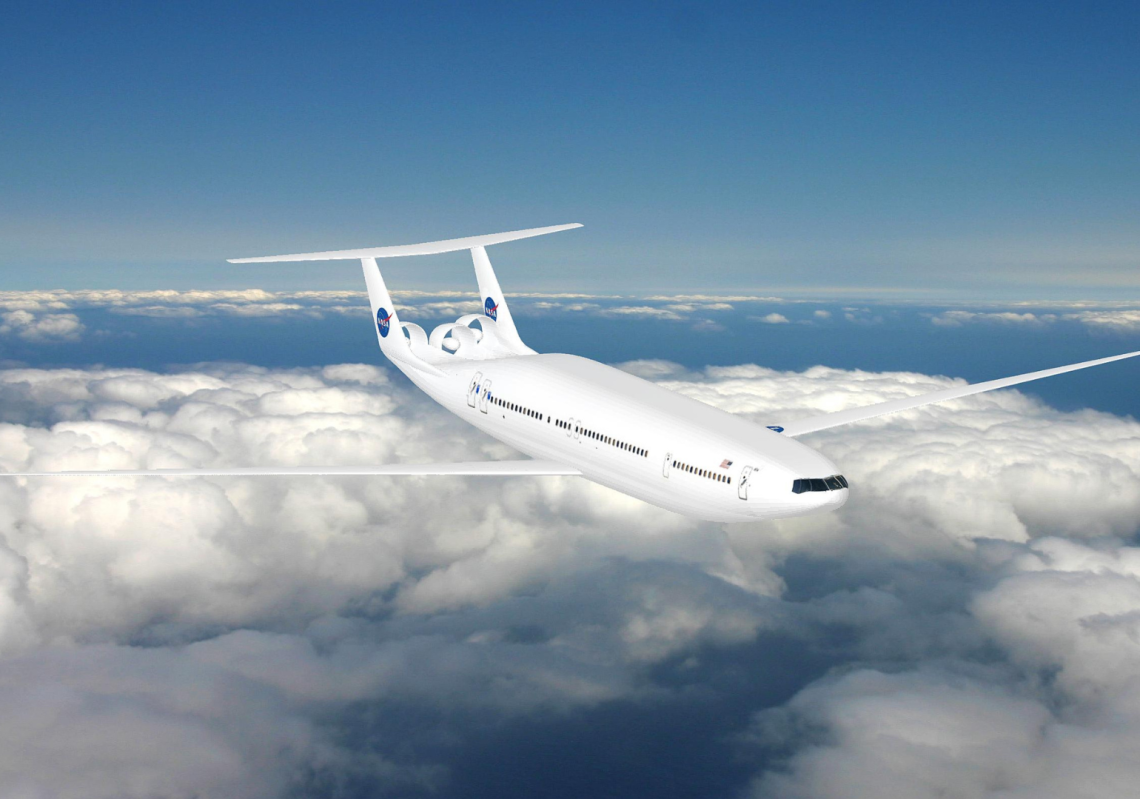Here are nine radical passenger aircraft designs – but will they get off the ground?

The “double bubble” aeroplane was designed by researchers at MIT. Image credit: NASA

The “double bubble” aeroplane was designed by researchers at MIT. Image credit: NASA
Do these aeroplane designs represent the future of commercial aviation?
Take the blended wing design, where fuselage and wing are one. The concept, seen in various iterations over the decades, is touted as being energy-efficient without impacting aerodynamics; the CEO of aviation startup JetZero said that the company’s blended wing design would reduce fuel burn and emissions by 50 per cent.
Then there’s the tri-wing design, featuring three sets of wings arranged down the fuselage and a pair of rear-mounted engines. A prototype from SE Aeronautic is estimated to reduce fuel use by 70 per cent while seating 264 passengers.
In addition to emissions reductions, questions of structural and passenger safety are front-of-mind in commercial aviation – and not necessarily every innovative design would make it off the ground.
To set the record straight, create asked Dr Sonya Brown MIEAust, Senior Lecturer in Aerospace Design at UNSW, how viable nine different passenger aircraft designs are – and which may actually eventuate in carbon emissions savings.
Explore the frontiers of aerodynamics and aerostructures at the 21st Australian International Aerospace Congress.
Video edited by Suzanna Petry and Jason Kendirian.
create tells the stories behind the latest trends, innovations and people shaping the engineering profession. Through our magazine, website, enewsletters and social media, we spread the word about all the ways engineers help create the world around us.